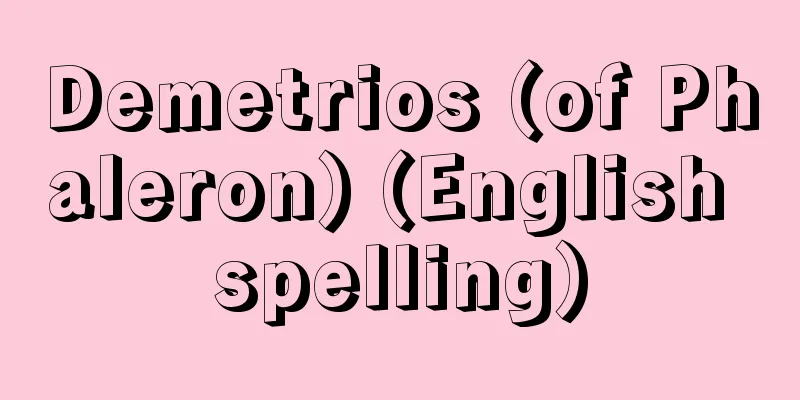Thermal conduction

|
This is the phenomenon in which heat flows from high temperature areas to low temperature areas inside a solid. Heat is a form of energy, and when heat flows out, the temperature of that area decreases, and when heat flows in, the temperature increases. When there is a temperature difference inside an object, heat moves from high temperature areas to low temperature areas, and the movement stops when the entire object becomes the same temperature. This state is thermal equilibrium. There are two types of thermal conduction: conduction by conduction electrons and conduction by lattice vibration. In metals, which are good conductors of electricity, both of these occur together, and heat transfer is much better than insulators that only use lattice vibration, except in special cases. The quantity that expresses the degree of heat transfer is called thermal conductivity (or thermal conductivity). The relationship between heat flow and thermal conductivity can be easily understood by thinking of it as follows. If we write the amount of heat flowing in one second through a cross-sectional area s perpendicular to the flow as Q , Q is given by the product of the temperature gradient measured in the direction of the flow and the thermal conductivity K. Q = K × [temperature gradient] × s Among insulators that are expected to have low thermal conductivity, there is an exceptional material that exhibits a thermal conductivity greater than that of metals. Diamond is one such material, and its thermal conductivity is two to four times that of silver, the highest of all metals. This large value is due to the fact that the speed at which lattice vibration waves pass through the sample is by far the fastest of all materials. Diamond is the least conductive of all materials, but at the same time the most conductive of all materials, and so thin films of diamond have been produced and are now used to cool highly integrated devices. Please refer to for the thermal conductivity (at room temperature) of some representative materials. [Seiichiro Noguchi] [References] | | |©Shogakukan "> Thermal conductivity (at room temperature) [Table] Source: Shogakukan Encyclopedia Nipponica About Encyclopedia Nipponica Information | Legend |
|
固体の内部で熱が温度の高い部分から低い部分へと流れていく現象をいう。熱はエネルギーの形態の一つで、熱が流出することによってその部分の温度が下がり、流入によって温度が上がる。物体の中で温度差があると、高温部から低温部へと熱の移動がおこり、全部が同じ温度になったところで移動が止まる。この状態が熱平衡である。熱伝導には、伝導電子による伝導と格子振動による伝導とがある。電気の良導体である金属では、この両者が相伴っておこっており、格子振動のみによる絶縁体に比べて、特別の場合を除き、はるかによく熱の移動が行われる。その程度を表す量を熱伝導度(あるいは熱伝導率)という。熱の流れと熱伝導率の関係は次のように考えるとわかりやすい。いま、流れに垂直な断面積sを通って1秒間に流れる熱量をQと書くと、流れの方向に測った温度勾配(こうばい)と熱伝導率Kの積でQが与えられる。 Q=K×[温度勾配]×s 熱伝導率が小さいと予想される絶縁体のなかで、金属より大きな熱伝導率を示す例外的な物質がある。ダイヤモンドがそれで、熱伝導率は金属のなかでも最大の銀の2倍から4倍の値をもっている。この大きな値は、格子振動の波が試料の中を通過する速度がダイヤモンドではすべての物質のなかでとびぬけて大きいことによっている。ダイヤモンドはもっとも電気を通しにくいと同時にもっとも熱を通しやすいという性質をもつことにより、ダイヤモンドの薄膜が製作されるようになって、高度集積素子の冷却のために利用されるようになった。なお、いくつかの代表的物質の熱伝導率(室温の値)をに示したので参照されたい。 [野口精一郎] [参照項目] | | |©Shogakukan"> 熱伝導率(室温の値)〔表〕 出典 小学館 日本大百科全書(ニッポニカ)日本大百科全書(ニッポニカ)について 情報 | 凡例 |
<<: Thermobalance (thermo-balance)
>>: Thermocouple - thermocouple
Recommend
Taemon Itoya
...Towns of Japanese residents formed in various ...
Clad plate - Clad plate
A plate material in which different metals are bon...
Abnormal Science
… Kuhn calls the scientific activities carried ou...
Prayaga (English spelling)
…It is located in the center of the Indian plains...
Mergers and Acquisitions
This refers to the merger and acquisition of compa...
《Beauty of the Devil》 - The Beauty of the Devil
...Born in Cannes in the south of France, he beca...
NDB - NDB
A non -directional radio beacon is a device that e...
Control Committee - Toseikai
A group of national cartel-like economic control ...
Public office purchase - kanshoku baibai
…the practice and system of transferring titles a...
Huntington's chorea (English spelling) Huntingtonschorea
...Penicillin may also be given to treat rheumati...
Tampere - Tampere (English spelling)
A city in southwestern Finland. Located on the we...
Jurisdiction - Saibankankatsu
It refers to the provisions regarding how jurisdi...
inclined shaft
...The latter is called a blind shaft, but in thi...
Osaka Spinning Company
Planned by Shibusawa Eiichi and others, Osaka Spin...
Armorique
…Axes with a rim height of 1-2 mm are called low-...









